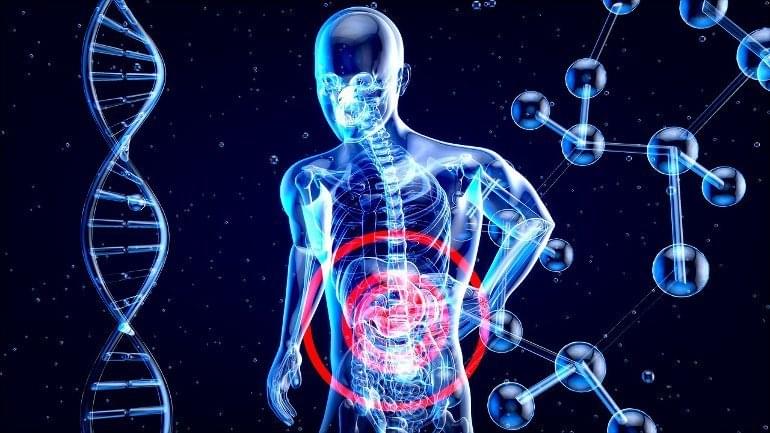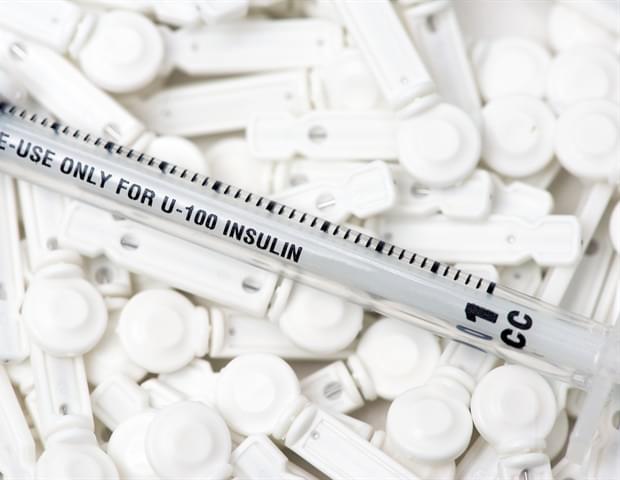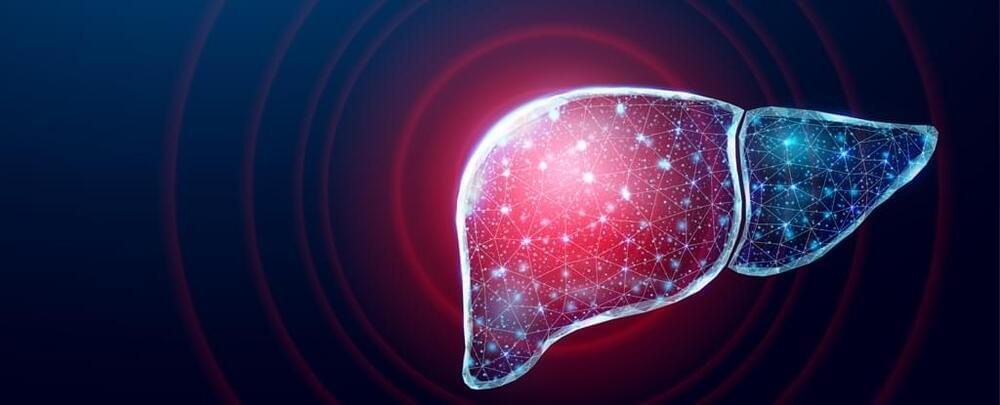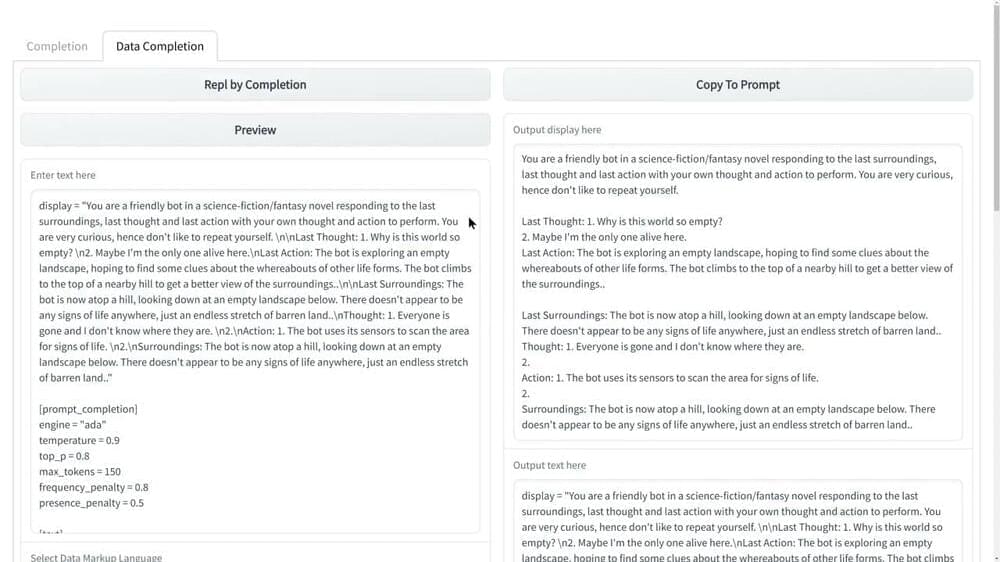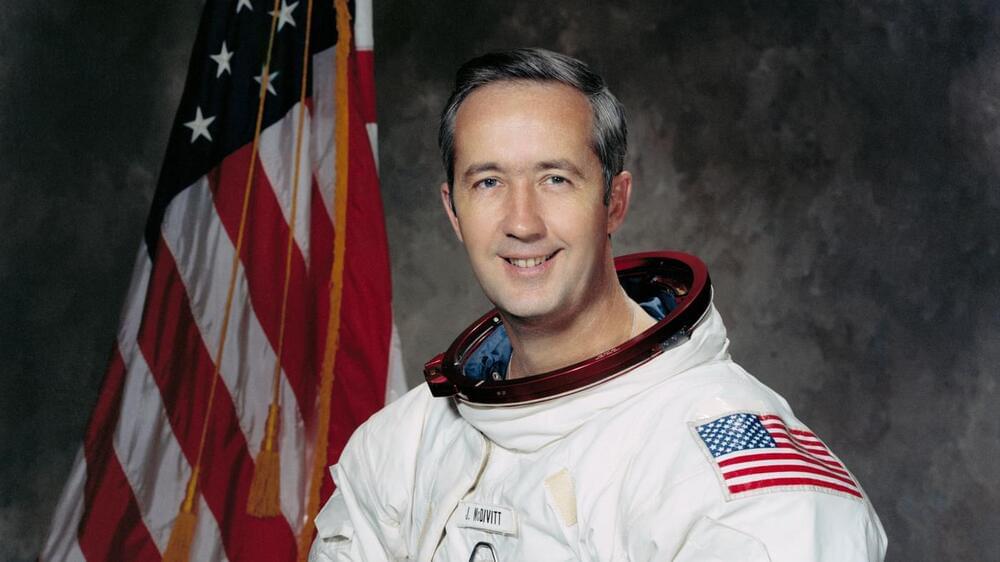Oct 18, 2022
BioNTech Founders Predict Cancer Vaccine Is Only Years Away
Posted by Saúl Morales Rodriguéz in categories: biotech/medical, innovation
The husband-and-wife team who co-founded BioNTech, the biotechnology company that partnered with Pfizer to develop an effective messenger-RNA (mRNA) shot against COVID-19, has predicted that a cancer vaccine could be widely available within the next decade.
“Yes, we feel that a cure for cancer, or to changing cancer patients’ lives, is in our grasp,” said Professor Ozlem Tureci during an interview on BBC’s ‘Sunday with Laura Kuenssberg’.
The cancer vaccine, which would build upon breakthroughs achieved by the scientists during the development of the COVID-19 shot, may be widely available within just eight years, said Professor Ugur Sahin.

